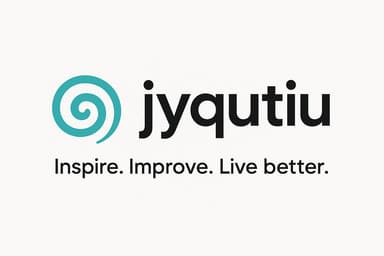Proven time management tips for better work-life balance
Balancing work and life starts with how you manage the finite hours in your day. This article lays out proven, practical time management strategies that improve productivity at work while freeing time for rest, family, and personal growth. You will learn how to audit where your time goes, prioritize tasks that move the needle, plan work in focused blocks, and introduce tools and boundaries that sustain gains. Each section builds on the previous one: diagnosing current habits, designing a plan, applying technology and delegation, and then protecting boundaries while iterating. Read on for actionable steps you can implement this week, a quick comparison table of popular techniques, and guidance for measuring real improvements in your work-life balance.
Audit and prioritize your time
Before changing habits, know what you’re currently doing. A time audit reveals low-value activities, energy patterns, and hidden time sinks. Spend one week logging activities in 15- to 30-minute increments, noting context and how you felt. Use the data to apply two prioritization frameworks:
- Eisenhower matrix: Classify tasks as urgent/important to decide whether to do, schedule, delegate, or drop.
- 80/20 focus: Identify the 20 percent of tasks that produce 80 percent of results and protect time for those.
Action steps:
- Run a seven-day time log and flag low-value activities you can cut or delegate.
- Map tasks to energy cycles; schedule deep work when energy is highest.
- Create a short weekly goals list tied to outcomes, not activity.
Plan with structure and focused work blocks
Good planning converts priorities into protected time. Time blocking and batching reduce context switching and make deep work possible. Combine weekly planning with daily rituals so the plan is realistic and flexible.
- Weekly planning session: Block 30 to 60 minutes weekly to set objectives, schedule blocks, and identify deliverables.
- Daily time blocks: Reserve 60-120 minute blocks for focused work; use shorter blocks for administrative tasks.
- Batching: Group similar tasks (emails, calls, creative work) into dedicated windows to gain momentum.
- Pomodoro and rest cycles: Use 25-50 minute focus sprints with short breaks to maintain concentration without burnout.
Quick comparison of techniques and estimated impact (illustrative):
| Technique | Typical session length | Estimated weekly time saved |
|---|---|---|
| Time blocking | 60-120 minutes | 3-6 hours |
| Pomodoro sprints | 25-50 minutes | 1-3 hours |
| Task batching | 30-90 minutes | 2-4 hours |
| Weekly planning | 30-60 minutes | 0.5-2 hours |
Use tools, automation, and delegation
Technology and collaboration let you scale your time. Focus on automating repetitive tasks and delegating activities that others can accomplish at acceptable quality.
- Email and communication: Use templates, rules, and scheduled check-ins rather than constant inbox monitoring.
- Automation: Automate data entry, reporting, and routine scheduling with simple scripts, Zapier-like services, or built-in app integrations.
- Delegation and outsourcing: Identify tasks below your highest value work and reassign them to colleagues, assistants, or contractors.
- Toolstack tips: Combine a calendar (time blocks), a task manager (prioritized list), and a focus timer for best results.
Implement a 30-day experiment: pick one repetitive process to automate and one task to delegate, then measure time saved and quality impact.
Protect boundaries and iterate
Improvements are short-lived without boundaries and review. Turn planning and automation into sustainable habits by protecting your calendar and tracking outcomes.
- Set clear boundaries: Define work start and end times, and communicate them with teammates and family.
- Create transition rituals: Use a short routine to switch into and out of work mode, reducing residual stress.
- Learn to say no: Evaluate requests against your priorities and decline or defer when misaligned.
- Monthly review: Review metrics from your time audit, assess whether blocks are respected, and adjust priorities.
The goal is continuous improvement: small, tracked adjustments yield compounding gains in free time and lower stress.
Conclusion
Effective work-life balance hinges on deliberate management of time rather than wishful thinking. Start by auditing your current habits to reveal low-value work, then prioritize the tasks that drive meaningful results. Convert those priorities into a plan using time blocks, batching, and focused sprints so you complete high-impact work faster. Leverage automation and delegation to remove repetitive tasks from your plate, and protect gains with firm boundaries, rituals, and regular reviews. Taken together, these practices form a cycle: diagnose, plan, automate, protect, and iterate. Apply one or two techniques this week, measure the outcome, and expand from there—small consistent changes deliver the lasting balance you want.
Image by: Mikhail Nilov
https://www.pexels.com/@mikhail-nilov




